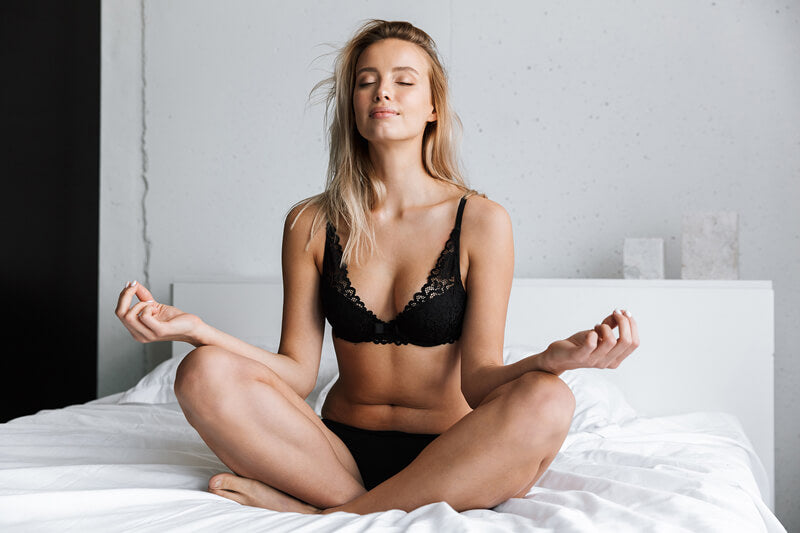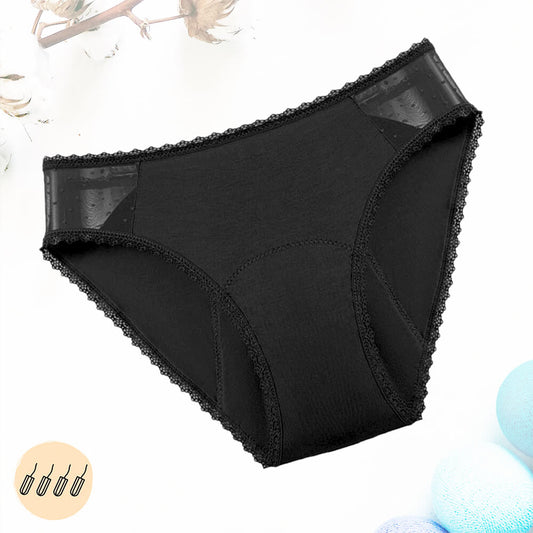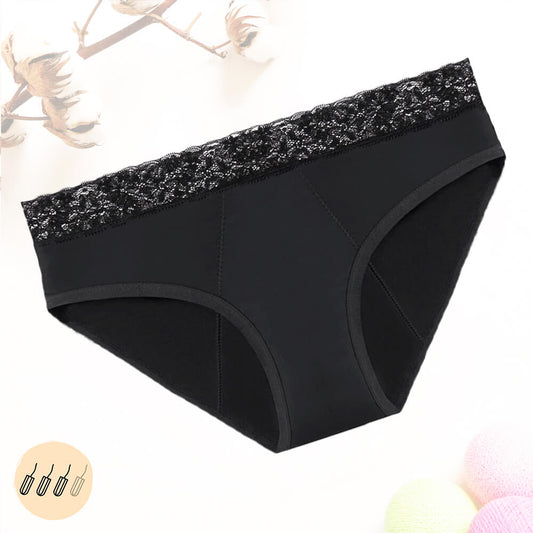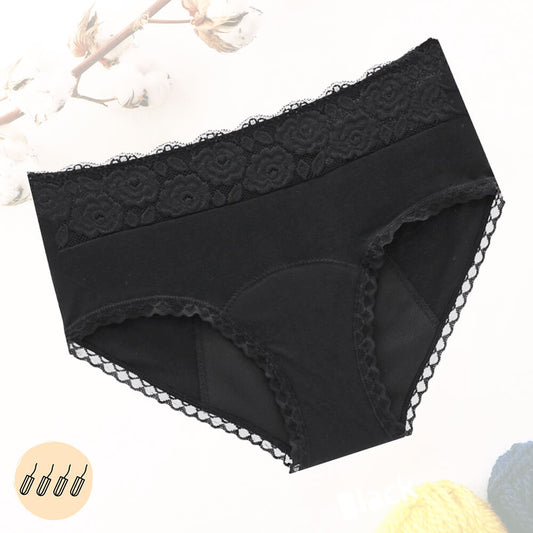More than half of women menstruating experience
menstrual pain each month. These pains, similar to cramps, occur when your uterus contracts to get rid of the uterine lining which can cause pain in the stomach, lower back, groin or upper thighs. Every month, before the onset of menstruation, the level of prostaglandins in the uterine lining increases. Like your
rate prostaglandin is higher on the first day of the period, the pains are generally stronger at this time. As your period passes and the lining of the uterus disappears, your prostaglandin levels decrease and the pain disappears completely.
What Causes Painful Menstruation?
The causes of
painful periods (dysmenorrhea) are many. In addition to
menstrual cramps, they can cause other symptoms such as vomiting, nausea, diarrhea, headaches and dizziness. Less common,
menstrual pain can be caused by more serious medical conditions.
-
Premenstrual Syndrome (PMS)
Le
premenstrual syndrome affects 90% of menstruating women. PMS begins a few days before your period starts and continues for the first few days of your period. Doctors believe that PMS is caused by a drop in estrogen and progesterone levels before the start of each menstrual cycle.
PMS has many symptoms, including fatigue, anxiety, irritability or depression.
-
Premenstrual Dysphoric Disorder (PMDD)
Le
premenstrual dysphoric disorder (PMDD) is a more serious form of premenstrual syndrome (PMS) that affects about 5% of menstruating women. In particular, it causes severe psychological, physical and behavioral symptoms.
The
uterine fibroids are benign growths that can develop in the uterine lining. They can be so small that you can't see them with the naked eye, or large enough to change the shape of your uterus. They usually appear during the childbearing years and often decrease or completely disappear after menopause. Certain factors can increase the risk. These include age, family history and being overweight. As fibroids grow in the uterine lining, they can cause
heavy periods and very painful menstrual cramps.
Un
Ovarian Cyst is a usually harmless sac of fluid that forms in the ovary. Ovarian cysts usually develop during ovulation. Many women develop at least one small cyst each month that fades naturally. However, some women have multiple or large ovarian cysts that can cause pain and complications. In these cases, medical treatment may be needed to manage the cysts. Ovarian cysts can also be caused by
polycystic ovary syndrome (PCOS). It is a condition where a hormonal imbalance that causes the growth of many small harmless cysts in the ovaries in women of childbearing age. It can cause painful periods, difficulty getting pregnant, insulin resistance, and other health issues. Symptoms of PCOS include irregular periods, excess hair growth, weight gain, or acne.
-
Inflammatory Pelvic Disease
When
uterus and ovaries are infected with bacteria. In many cases, the infection is caused by a sexually transmitted infection (STI) that affects the reproductive organs.
The uterine lining, also known as the endometrium, grows inside the uterus. But if you suffer
endometriosis, your endometrium grows outside of the uterus, usually in other parts of your reproductive organs like the ovaries or fallopian tubes. When your body tries to get rid of uterine tissue during your period, the endometrium that grows outside the uterus has nowhere to go. It can be trapped in the body. This can cause heavy bleeding, irritation, inflammation, or more intense painful cramps that often start earlier in the cycle and last longer.
It's about a
infection where the endometrium grows into the muscular wall of the uterus. The endometrium can affect the entire muscle of the uterus, but it usually affects only one location. L'
adenomyosis is a mild infection, but it can cause severe cramping and heavy bleeding. Women who have had children or have undergone uterine surgery are at a higher risk of developing it.
How to Reduce Menstrual Cramps?
To reduce and soothe menstrual cramps during menstruation, there are many remedies that can help you relieve them. It is important to remember that these techniques do not replace the advice of a doctor, especially for chronic conditions, but they can relieve mild to moderate menstrual pain.
The
period panties can help relieve mild menstrual cramps by comfortably wrapping your hips and lower abdomen. Especially try our
high waist period panties, you should not be disappointed.
Discover our period panties
Periods cause bloating, which can cause discomfort and make menstrual cramps worse.
The water can reduce bloating during your period and relieve some of the pain it causes. Additionally, drinking hot water can increase your body's blood flow and relax your muscles. This can reduce cramping caused by uterine contractions.
The
herbal teas have anti-inflammatory properties and antispasmodic compounds that can reduce muscle spasms in the uterus that cause cramping. Chamomile, fennel or ginger tea are easy and natural ways to relieve menstrual cramps. Additionally, herbal teas may have other benefits such as fighting insomnia or relieving stress.
La
caffeine causes your blood vessels to narrow. Therefore, it can constrict your uterus, making the cramps more painful. If you need your coffee fix, switch to decaffeinated during your period. If you're relying on caffeine to fight off a bout of fatigue, eat a protein-rich snack or take a brisk 10-minute walk to increase your physical output.
When you suffer,
exercise is probably the last thing on your mind. But
exercise during menstruation even simple light physical exercise releases endorphins which naturally reduce pain and relax your muscles. Fifteen minutes of yoga, light stretching, or walking might be enough to make you feel better.
A little of
heat can help your muscles relax, improve blood circulation and relieve tension. Try sitting with a heating pad, taking a hot shower, or relaxing in a hot bath.
Le
stress can make cramps worse. Practice relaxing activities to relieve yourself of stress like meditation, deep breathing, yoga or choose your favorite way to relax.
The
anti-inflammatory drugs such as ibuprofen, aspirin, and naproxen can provide quick relief by reducing the amount of pain-causing prostaglandins.
Taking
the pill and hormonal intrauterine devices can stop menstrual pain if the cramps are caused by a hormonal imbalance. Balancing your estrogen and progesterone levels helps thin the uterine lining so it passes through the vagina more easily.
A deficiency in
magnesium is one of the main causes of dysmenorrhea. Eat magnesium-rich foods like almonds, beans, dark chocolate, spinach, yogurt, and peanut butter.






